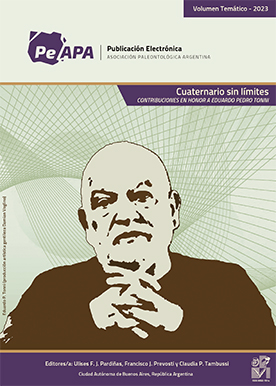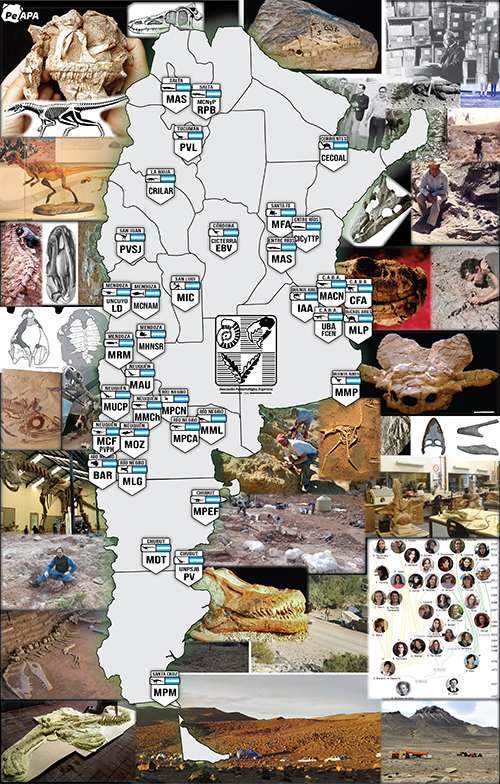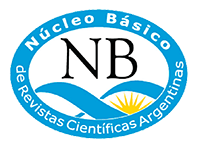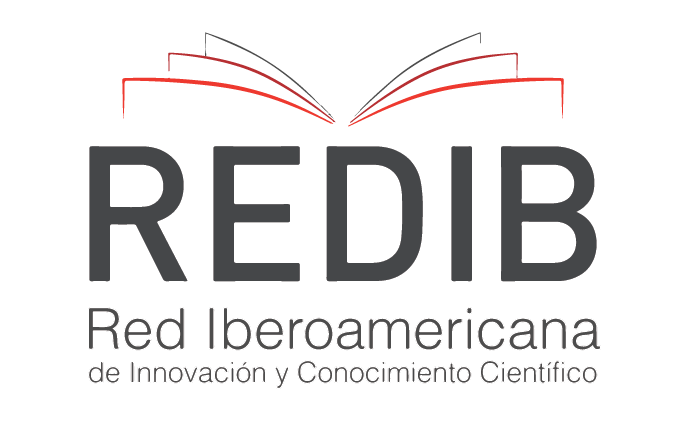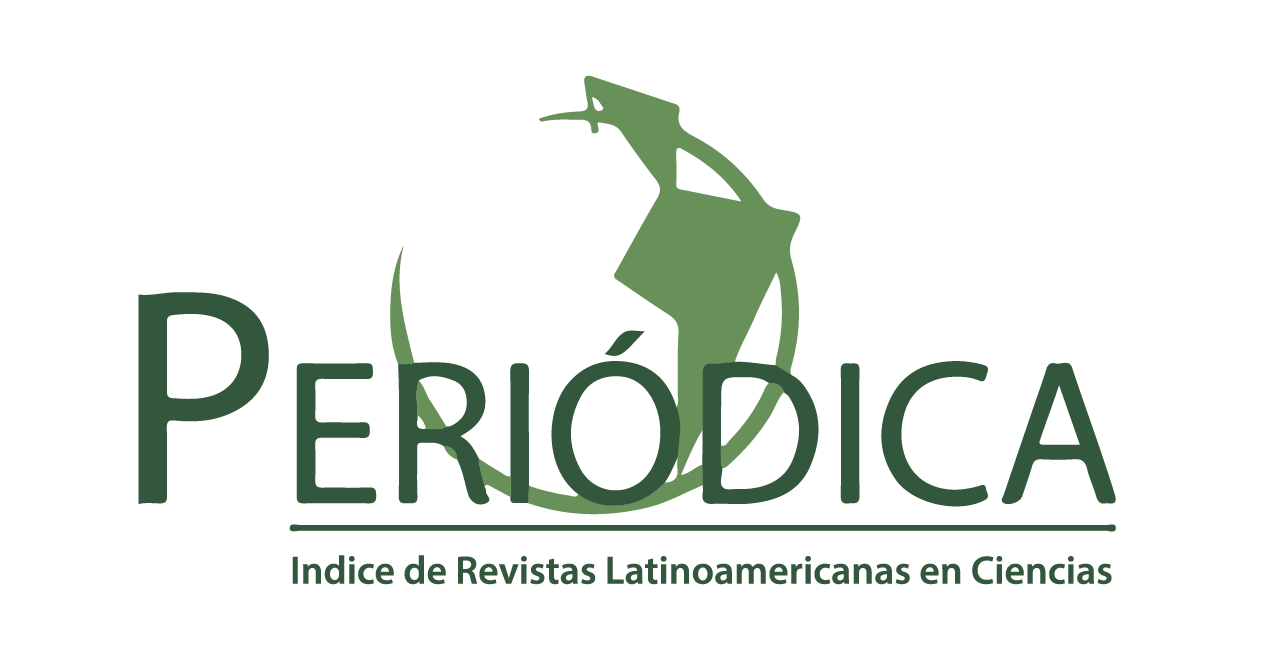ICNOFOSILES (NUCLEOCAVIA) PRESERVADOS SOBRE MOLDES INTERNOS DE CONCHILLAS DEL JURASICO MEDIO DEL OESTE ARGENTINO
Resumen
Among trace-fossil makers of the marine environment, a group of specialized, small-sized, deposit feeding burrowers which probe at the interface between a shell and its intemal mould is increasingly attracting the attention of ichnologists. Branched, slender burrow systems observed on well preserved steinkerns of brachiopods and mollusks from late Bathonian-early Callovian deposits of Neuquén province are reported. Those exhibiting a rather erratic, irregularly reticulate, even anastomosing pattern are referred to Arachnostega whereas those with filiform, dichotomous branches fanning out distally are described as a new ichnogenus and ichnospecies Korymbichnus conflabellatus. They are also compared to extant analogues from muddy intertidal flats of the coasts of eastern USA and northern Germany, in which errant polychaetes produce similar burrow systems within mud-filled shells of mussels and clams. The studied materials document a considerable extension in the stratigraphical and geographical range of such specialized burrowers to include the Middle Jurassic of the Southern Hemisphere. Occurrence in internal molds of endobyssate and burrowing bivalves, epifaunal brachiopods, and nektobenthic cephalopods likewise reveals a greater variety of host shells and their life habits. At least two patterns of trophic resource exploitation are recognized, which differ in their constructional geometry and are thus used as generic ichnotaxobases. These trace fossils also add significantly to the knowledge of the lithofacial and taphonomical conditions involved: They are developed in the unconsolidated but firm substrate enclosed within dead shells, a remarkable microhabitat termed cryptocochlear. Confined by the surrounding valves, their preservation potential is increased and they typically denote a pre-lithification suite. The depositional settings independently inferred for the Argentinian occurrences imply a wider bathymetric scope for the peculiar ichnoguild. In conjunction with other indicators of (subaquatic) exhumation episodes, they may become useful tools to be applied in fields such as palaeoenvironmental interpretation or sequence stratigraphy.
KEY WORDS. Burrowing traces. Nueleocavia. Middle Jurassic. Argentina. palaeoecology.
Descargas
Publicado
Número
Sección
Licencia

Los/las autores/as conservan los derechos de autor/a y garantizan a la revista el derecho de ser la primera publicación del trabajo licenciado bajo una licencia CC Attribution-NonCommercial 4.0 que permite a otros/as compartir el trabajo con el reconocimiento de la autoría y de la publicación inicial en esta revista.







